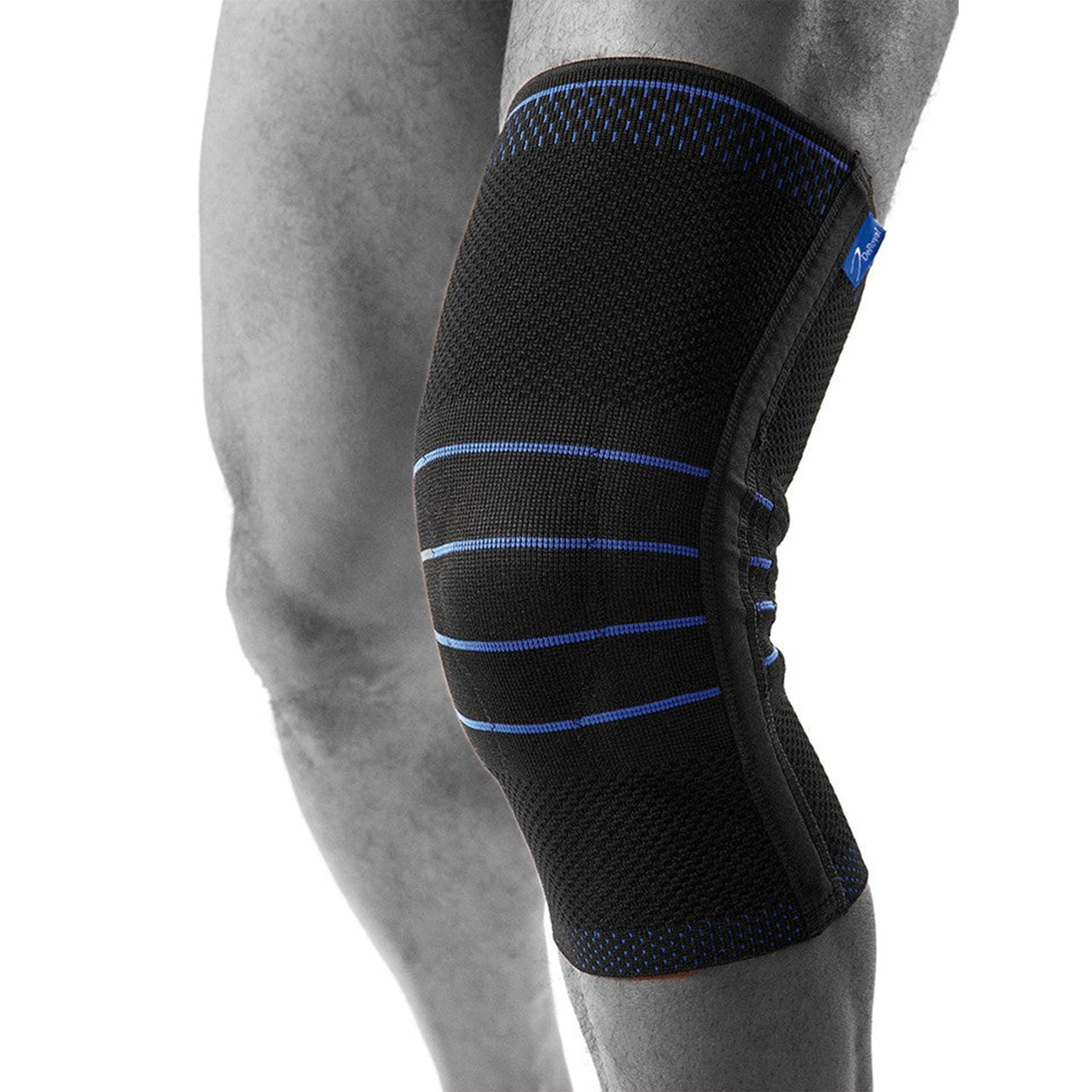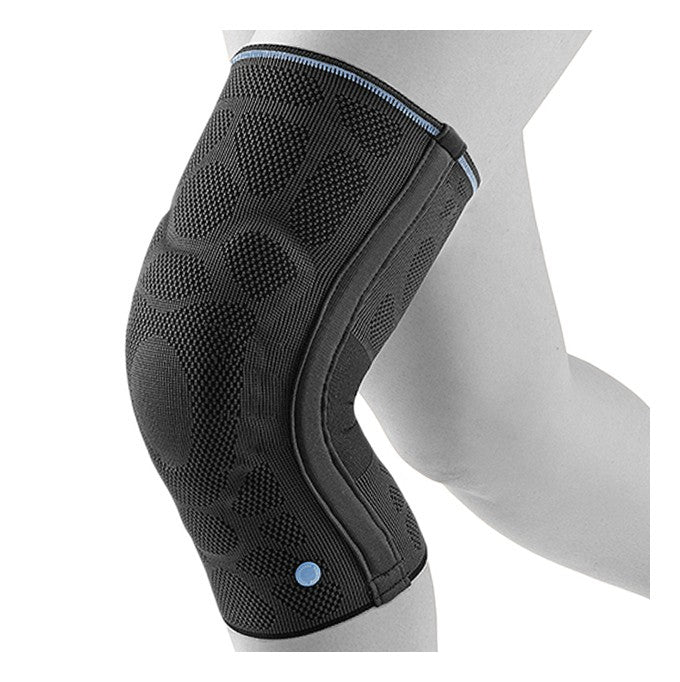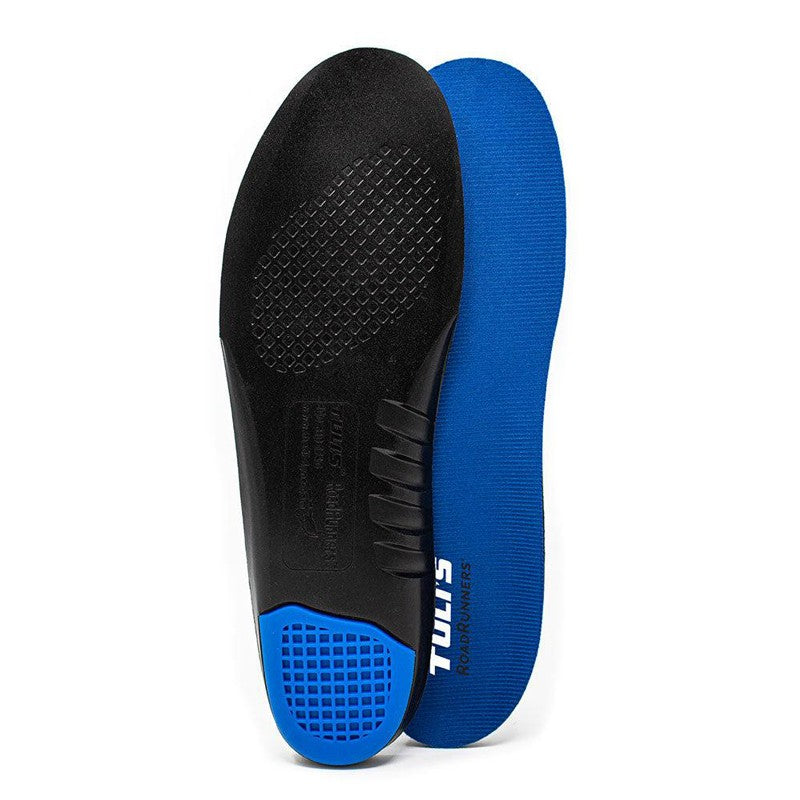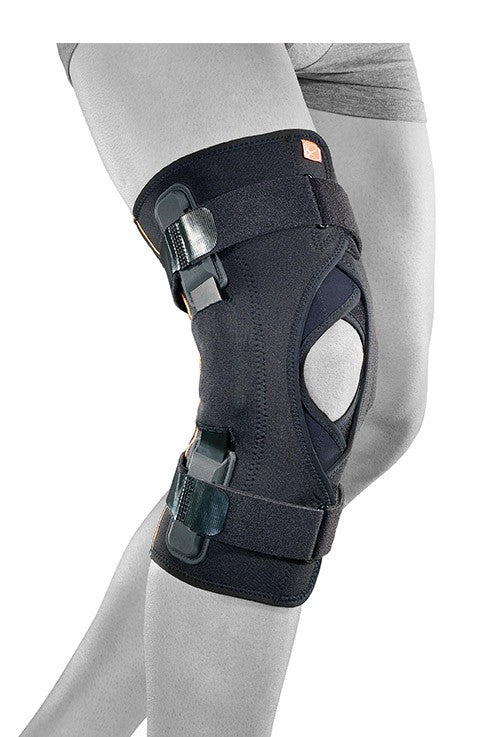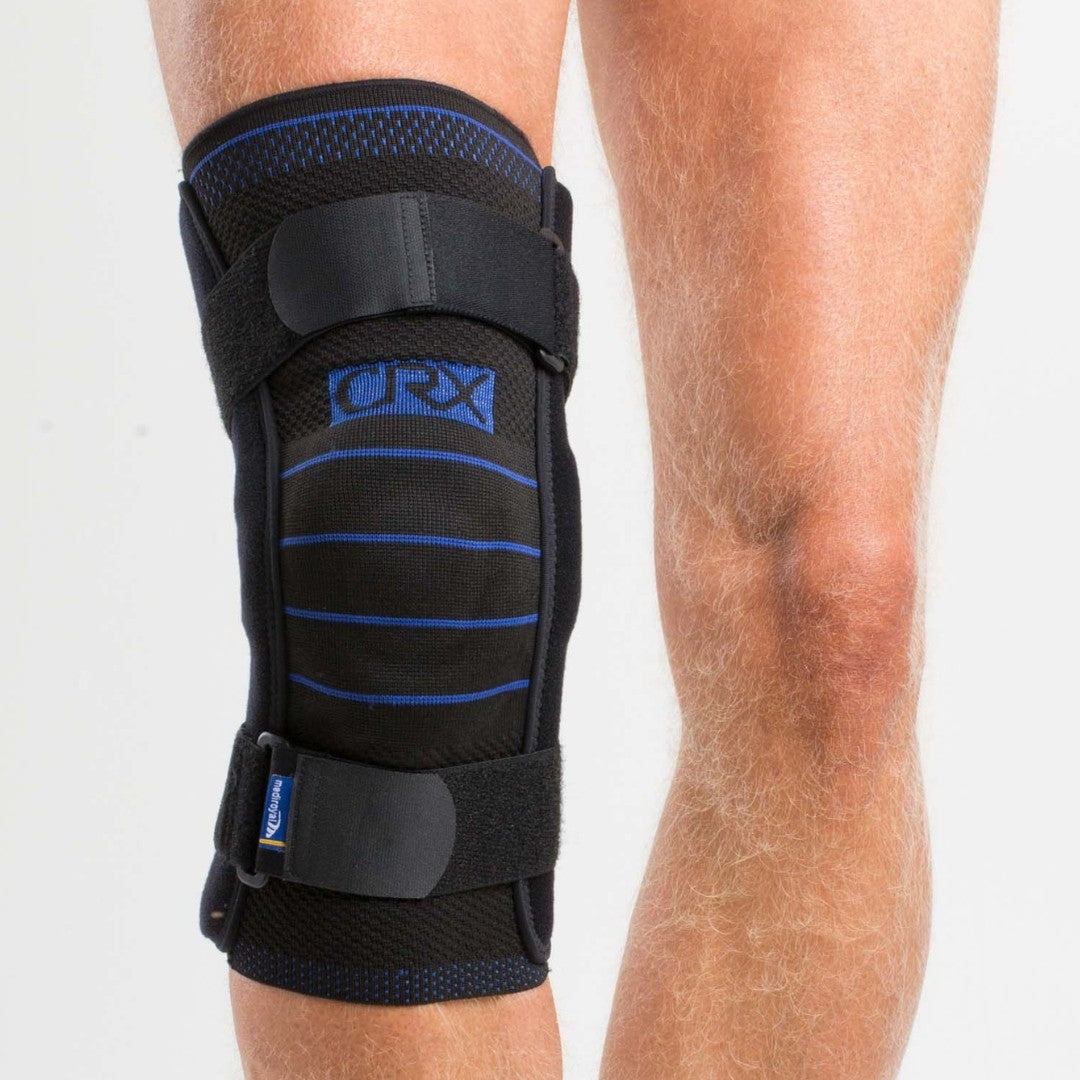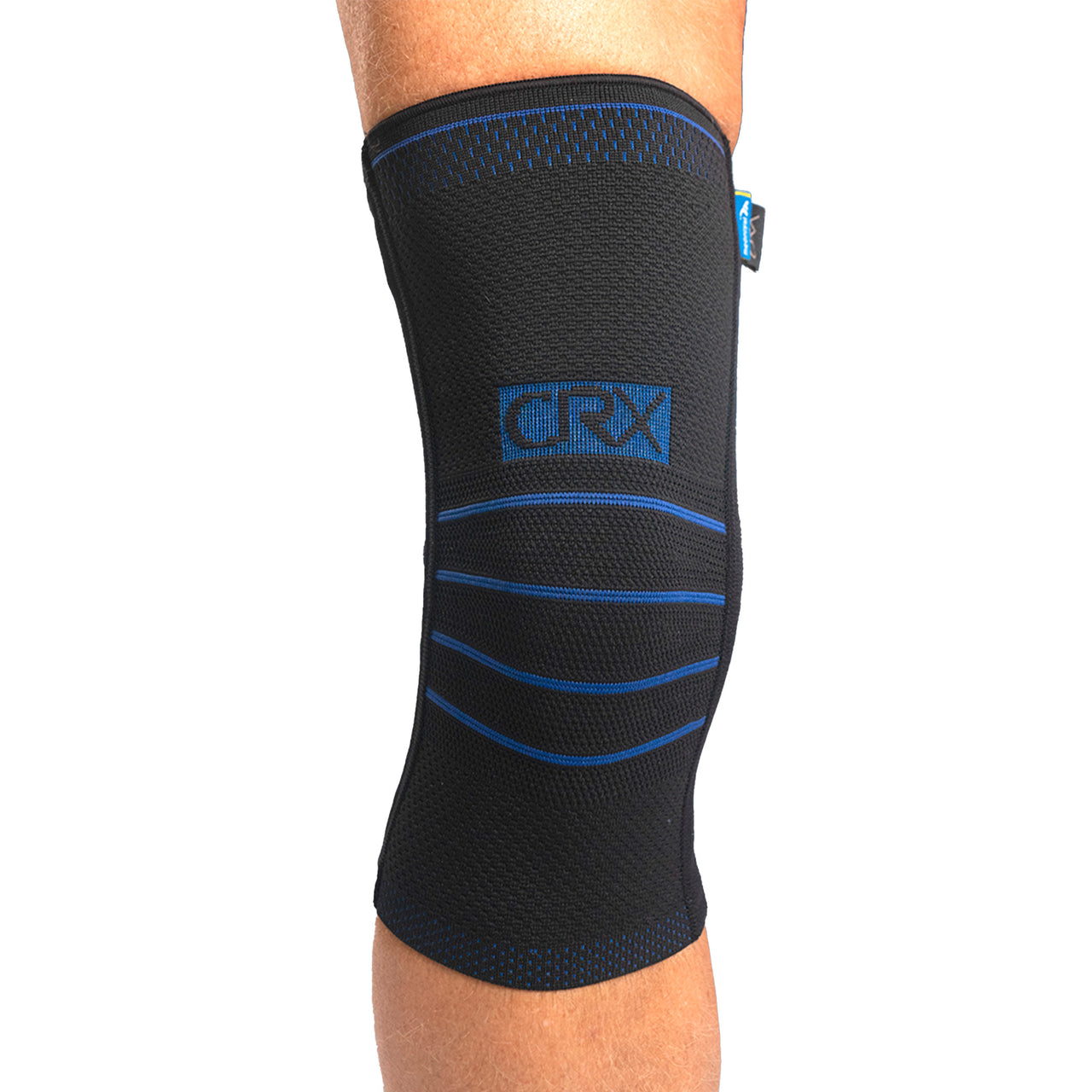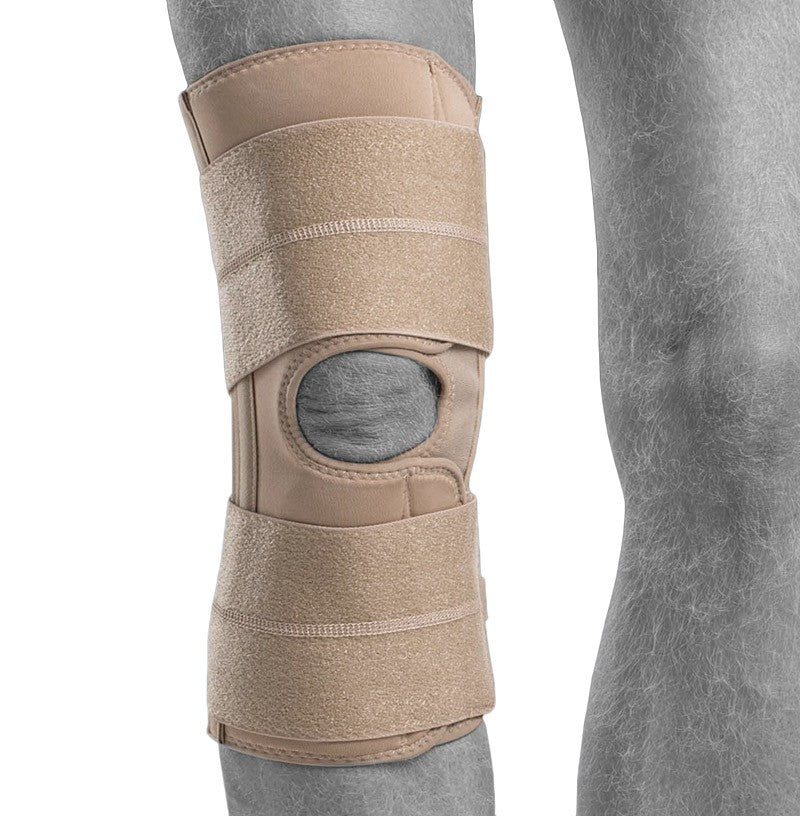Knee osteoarthritis, also known as joint failure or wear and tear, is a common cause of pain and stiffness in the knee joint. The condition involves the gradual breakdown of joint cartilage, which can lead to pain with exertion and at rest, swelling, and reduced mobility. The right aids and adapted training can slow the progression and improve quality of life.
What is osteoarthritis of the knee?
The knee joint is one of the most heavily loaded joints in the body and is exposed to great stress every day. In osteoarthritis, the surfaces of the articular cartilage change and lose their smooth, protective function. The cartilage wears down and the risk of bone-on-bone contact increases, which causes pain and reduced mobility. Knee osteoarthritis often also affects the stability of the joint and can give the feeling of instability when loaded.
Common causes & risk factors
Knee osteoarthritis is a degenerative disease that is most often associated with aging. The risk increases after the age of 40 and is more common in women, especially after menopause. Previous knee injuries, especially sports injuries that have affected the cartilage, can accelerate the development. Being overweight puts additional strain on the knee joint and increases the risk of osteoarthritis. Heredity also plays a role.
Symptom
- Pain in the knee joint during exertion and sometimes at rest
- Swelling and warmth in the joint
- Stiffness and reduced mobility
-
Feeling of instability or poor control in the knee
When should you seek medical attention?
In the event of long-term knee pain that affects everyday life or in the event of clear swelling and stiffness, you should contact healthcare for assessment.
Recommended protection & support
Knee braces for osteoarthritis are designed to provide support, stability and compression, which reduces pain and swelling. They make it easier to move and exercise, which is central to treatment. The combination of physical activity, weight loss and an individual exercise program from a physiotherapist often gives the best results. Assistive devices such as osteoarthritis braces make it possible to be active for longer and slow down the progression of the disease.

